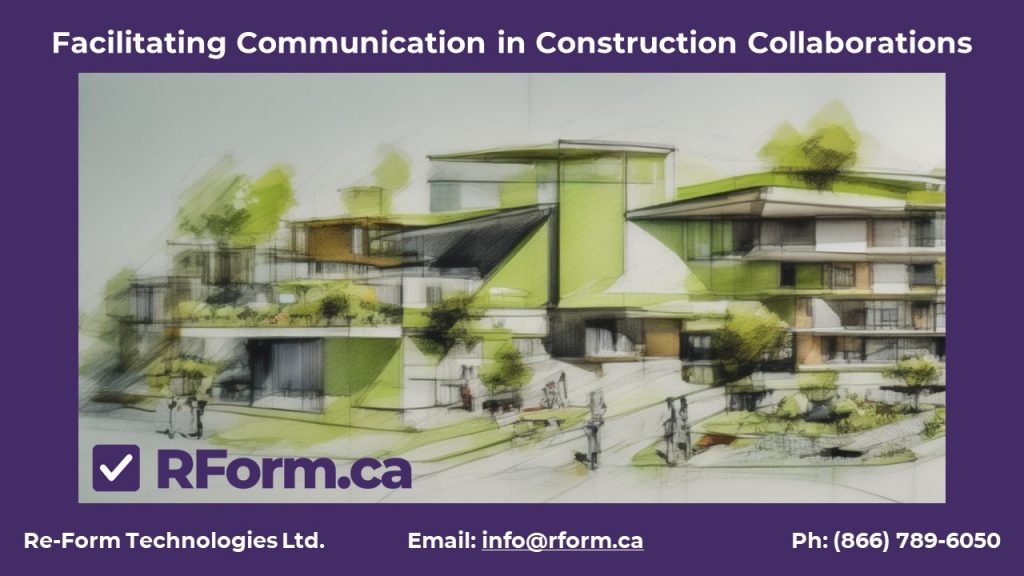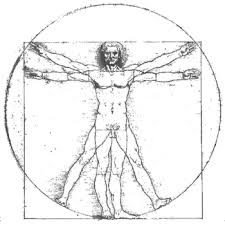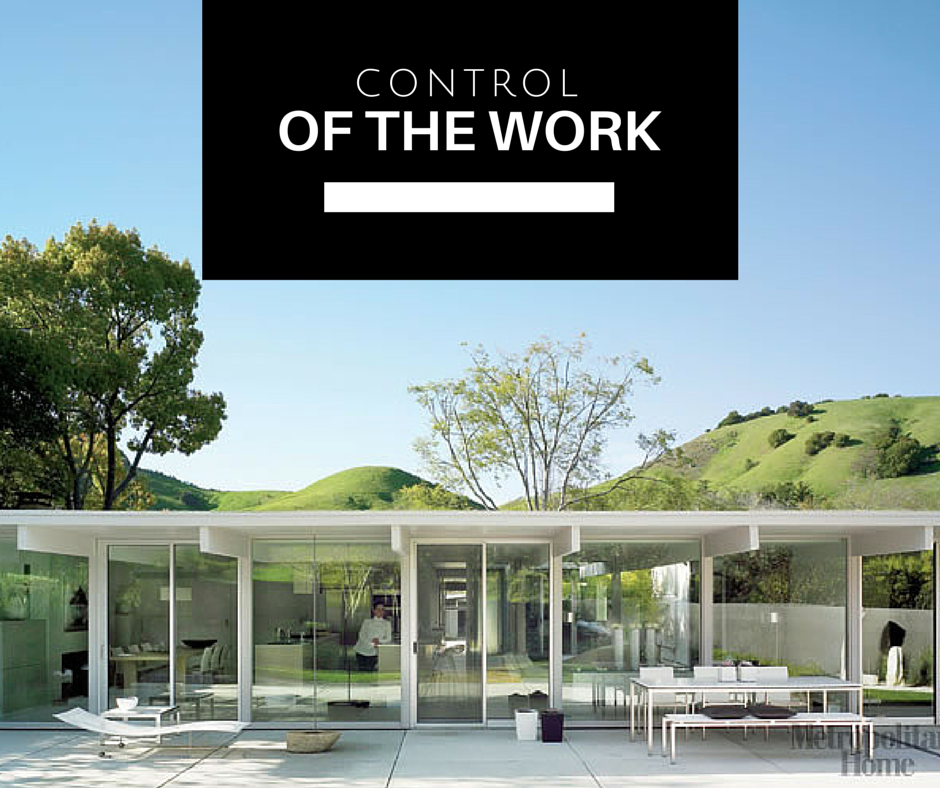
Collaborative Construction projects require seamless coordination among architects, engineers, contractors, and clients to ensure a smooth flow of information throughout the entire construction process. Your Contract Administration should enable streamlined document management, real-time collaboration on contract tracking, change order management, and more. In this article, we will explore how to use contract administration to enhance communication efficiency in Construction partnerships while minimizing errors and delays that often plague traditional methods.
Note: To simplify, we will work from the viewpoint of utilizing RForm Contract Administration Software.
The Importance of Effective Communication in Construction Collaborations
Efficient communication is vital in Construction collaborations as it ensures all stakeholders are on the same page. When designers, builders, and clients can effectively communicate their ideas, expectations, and concerns, it leads to better project outcomes.
- Streamlined Decision-Making Process: Effective communication allows for a smooth decision-making process. Construction teams can quickly assess options and make informed choices by sharing information promptly and clearly. This eliminates delays caused by misunderstandings or conflicting visions.
- Minimized Errors and Rework: Clear communication helps prevent errors by ensuring everyone understands the project requirements and specifications. This reduces the likelihood of costly rework due to misinterpretation or missed details.
- Enhanced Collaboration Efficiency: When team members communicate effectively using tools like RForm software, they can easily track progress on various tasks while keeping everyone updated in real-time. Improved collaboration efficiency means fewer bottlenecks or delays during construction projects.
In conclusion, effective communication plays a pivotal role in successful Construction collaborations. It enhances decision-making processes, minimizes errors and rework, and improves overall team efficiency throughout a project’s lifespan.
Streamlining Document Management with RForm
Efficient document management is crucial for successful Construction collaborations. With software, this process becomes streamlined and hassle-free.
- Centralized storage: Provide a centralized platform for storing all project documents, eliminating the need to search through multiple folders or email threads.
- Easy categorization and organization: Users can easily categorize documents by type, phase of the project, or any other custom criteria. This makes it simple to find specific documents when needed.
- Version control: The version control feature ensures everyone works with the most up-to-date document. It tracks changes made by different team members and allows for easy access to previous versions if necessary. The project file folders do not have automated version control only the forms and submittals.
Implementing software in Construction collaborations simplifies document management processes, streamlines communication, and enhances collaboration among team members. Providing a centralized platform for document storage and offering features like easy categorization and version control empowers professionals to manage their projects efficiently from start to finish.
Enhancing Real-Time Collaboration in Construction Projects
Real-time collaboration is critical in Construction projects, allowing stakeholders to collaborate seamlessly and efficiently. With cloud-based software, this process is taken to a whole new level.
- Streamlined Communication: Provide a centralized platform where team members can easily communicate and share information. This eliminates the need for lengthy email chains or countless meetings, saving valuable time and improving efficiency.
- Document Management Made Easy: All project documents are stored in one place, making it simple for team members to access and update them in real-time. Everyone can stay on the same page about changes or revisions, reducing errors and ensuring accuracy.
- Improved Accountability: Keeps track of each action taken by team members, providing transparency and accountability throughout the project. Any modifications or decisions can be traced back to the individuals involved, promoting responsibility within the Construction team.
The Role of RForm in Contract Tracking and Management
- Streamlining Communication: simplifies the process of contract tracking and management by providing a centralized platform for all project-related communication. It allows team members to collaborate, share documents, and track progress in real time, reducing the need for lengthy email chains or searching through different platforms.
- Automated Document Generation: Quickly, change orders, and other important documents with pre-defined templates. This saves time and ensures that all necessary information is included accurately. Additionally, RForm’s automated document versioning feature keeps track of revisions made throughout the project.
- Enhanced Accountability: Using change order tracking and management, stakeholders can easily monitor the status of each contract item. The software provides clear visibility into who has reviewed or approved contracts, ensuring accountability among team members. Notifications are sent out during each stage of the contract process to keep everyone informed and accountable.
Minimizing Errors and Delays in Construction Partnerships
Using RForm software in Construction partnerships can minimize errors and delays, improving overall efficiency and productivity.
- Streamlined Communication: RForm software provides a centralized platform for effective communication among project team members. Designers, builders, contractors, and other stakeholders can easily share information, exchange messages, and collaborate on important decisions. This eliminates the need for time-consuming back-and-forths through traditional means such as emails or phone calls.
- Real-time Documentation: With RForm software, all project-related documentation is stored in one place and can be accessed by authorized individuals anytime, anywhere. This ensures everyone can access the latest drawings, plans, specifications, change orders, and other important documents. It also allows real-time updates and revisions to be instantly visible to all parties involved.
- Error Prevention: Using standardized forms, potential errors can be minimized during the Construction process. The forms (software) guide users through each step of document creation with clear instructions and built-in checks for common mistakes. This helps ensure accuracy in submitted documentation and reduces the likelihood of costly errors or disputes later on.
Leveraging RForm for Efficient Change Order Management
- Streamlining Change Order Management: Change orders are common in construction projects, often causing delays and budget overruns. Managing these change orders is crucial to keeping projects on track and within budget..
- Simplifying Documentation and Tracking: Project teams can easily document and track changes throughout the construction process. Instead of relying on traditional paper that can be misplaced or misinterpreted, a digital platform could create and submit change orders. This eliminates the need for tedious paperwork and ensures accuracy in communication.
All stakeholders should have access to real-time updates regarding change requests, ensuring clear visibility into any modifications made during the project. Centralizing this information in one location makes tracking progress and sharing necessary details with relevant team members easier.
Benefits of RForm Software in Construction Collaborations
RForm software has proven valuable in facilitating communication and improving collaboration between design professionals and builders. Through its streamlined features, the software ensures that all parties involved have access to essential project information, leading to enhanced efficiency and reduced potential for errors. Think about projects like this:
- High-rise apartment complex: In a Construction collaboration for a high-rise apartment complex, contract administration software was pivotal in maintaining seamless communication between architects, engineers, and construction teams. With its document management capabilities, the software allowed real-time updates, ensuring everyone had access to the latest plans and specifications. The collaborative platform also enabled instant notifications on any changes made by team members, eliminating confusion or delays.
- Healthcare facility renovation: Another successful example of utilizing contract administration software was seen during the renovation of a healthcare facility. By leveraging a centralized system for tracking RFIs (Request for Information), change orders, and submittals, the design team maintained clear lines of communication with contractors throughout the process. This facilitated promptly resolving issues or conflicts arising during construction while keeping stakeholders informed at every step.
By harnessing the power of technology through platforms like RForm software, innovative Construction collaborations can achieve better coordination among project stakeholders and ensure effective project delivery within budgetary constraints.
Future Trends: The Evolution of Construction Collaborations
Increasing Efficiency and Collaboration: Thanks to software integration, Construction collaborations have evolved significantly in recent years. This has revolutionized how construction teams communicate, streamlining processes and increasing efficiency. All project stakeholders can easily access and share crucial information, reducing delays and promoting collaboration among team members.
Streamlined Documentation Processes: One major trend is the automation of documentation processes. Gone are the days of sifting through stacks of paper files or searching endless email threads for important documents. This centralizes all project document management, allowing teams to organize, track, and store relevant files in a secure online platform. This streamlined approach saves time and ensures everyone works with up-to-date information.
Enhanced Communication Channels: Effective communication is at the heart of successful Construction collaborations. Teams can say goodbye to confusing phone calls or lengthy email chains that often lead to miscommunications. The software provides accessible communication channels where stakeholders can exchange messages and collaborate in real time. This feature fosters clear communication between team members and promotes a shared understanding throughout construction.
As Construction collaborations evolve, integrating tools like RForm will be increasingly vital in enhancing communication, streamlining documentation processes, and driving project success.
Tips and Best Practices for Implementing Contract Administration Software
Construction teams can streamline communication processes by following these tips and best practices when implementing software. Embracing collaboration allows for better insights from every member involved in the project. Defining clear roles helps avoid misunderstandings or duplicated efforts. With transparent documentation accessible through the platform, important files are always available whenever needed by any team members. Utilizing these strategies and other features like real-time document sharing, commenting abilities, and task management tools makes the entire Construction process more efficient, resulting in successful innovative collaborations that save time overall.
Embrace Collaboration
- Foster a culture of open communication within your Construction team.
- Encourage all members to share their ideas, concerns, and updates regularly.
- Use collaboration features like real-time document sharing and commenting to facilitate effective teamwork.
Define Roles and Responsibilities
- Establish each team member’s roles and responsibilities from the beginning.
- Make sure everyone understands their contributions to the project.
- Utilize task management tools to assign specific tasks and track progress.
Maintain Transparent Documentation
- A cloud-based storage system organizes all project-related documents in one centralized location.
- Regularly update files with accurate information for easy access by all team members.
Conclusion
Collaboration is key in Construction projects, where different parties work together towards a common goal. Leveraging RForm software facilitates effective communication between architects, contractors, engineers, and clients – all integral players in decision-making processes.
Through its user-friendly interface, RForm enables seamless collaboration by allowing multiple team members to view and comment on different documents simultaneously. This shared workspace minimizes delays as everyone stays informed about changes or updates relayed through the system.
Regardless of their technical expertise level or role in the project’s hierarchy, every participant benefits from streamlined workflows supported by comprehensive tracking features provided by RForm software.
Ensure Seamless Coordination Among Architects, Engineers, Contractors, and Clients through:
- Streamlining Communication and Collaboration
- Real-Time Updates and Notifications
- Document Management throughout the project lifecycle.Case Studies: Successful Construction Collaborations with RForm Software

